
How I live in my Toyota Truck
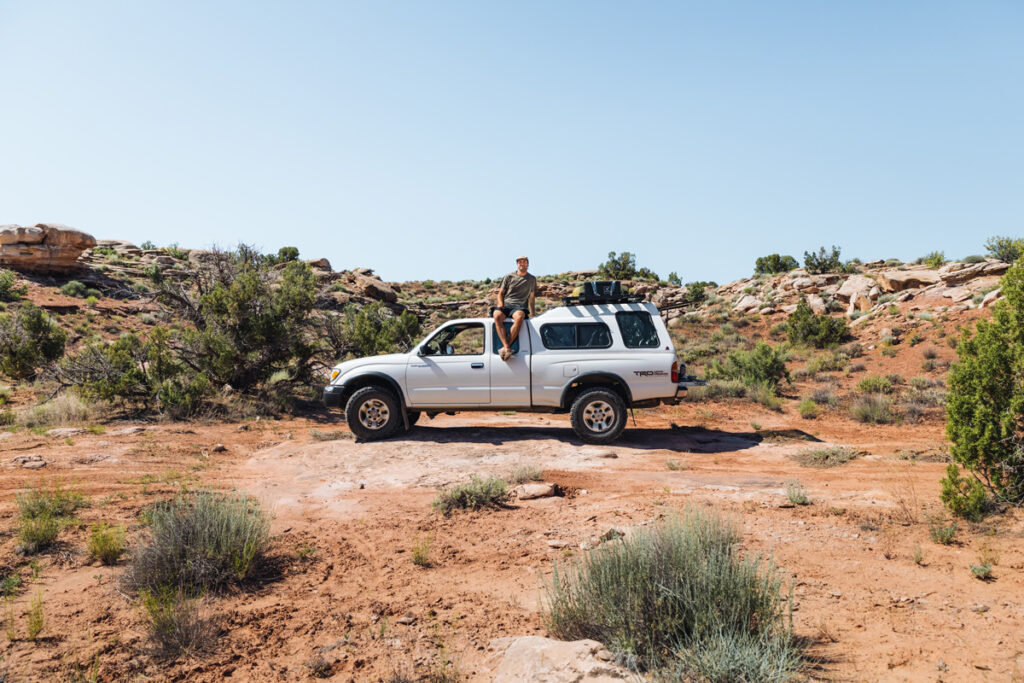
Everyone and their mom is moving into a van – everywhere you go there are sprinters and sweet VW buses and smiling people spilling out of them. And it seems for good reason – the type of life that comes with it is very attractive – there’s the freedom to to travel and to live a carefree life unrestricted by any place or responsibility. You can travel alone or as part of a pack, and it’s one of the most free ways to live. I’ve always seen good this cultural shift because of the way it gets people closer to nature. You’re in it all the time, and you have access few do. You have the opportunity to wake up and open your eyes to our beautiful public lands, or perched by the ocean watching the waves roll in. It’s pretty hard to beat that. But with access being the key part of this you run into two issues. First, the vessel, the van part of the package, doesn’t fit with everyone’s life. It may be expensive, or just not what they’re looking for. To those people, I say, you do /not/ need a van. I’ve lived and traveled for months at a time out of a Subaru outback. I have friends that have done the same in VW Jettas. If access and a life out of the ordinary is your goal, then the vehicle you chase that with shouldn’t matter much. Go for it, take the resources you have /now/, and put them towards those goals.
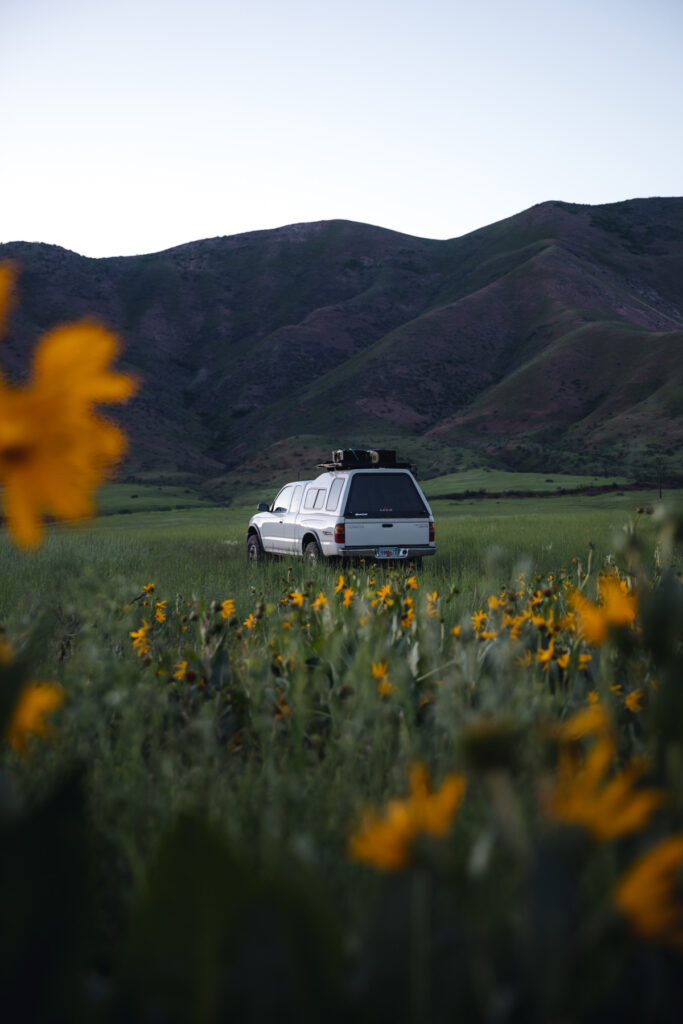
I fell into a different category. The access I needed for my work was the kind that comes with knobby tires and 4×4 drivetrains. I took a look at the market and just saw there wasn’t the possibility to do that with a van and not spend a million bucks. So what to do?
I’ve always loved old Toyota trucks. For a long time they’ve been my dream rig – they’re tough, reliable, can go almost anywhere, and just have a nostalgic charm. They’re simple and I can do almost all maintenance and repairs myself. They’re beautiful rigs. But living in one? Not a chance. They’re obviously small trucks, and while you could potentially travel and tent it, that’s not the way to make a life on the road. I though on it longer and looked at the various options for toppers and canopies, and slowly began to see the possibilities. There are high-top canopies. There are folks out there building bed platforms. There are people using them for serious camp and overloading rigs. The options are there, they just needed some thinking to put them into a viable long term solution.
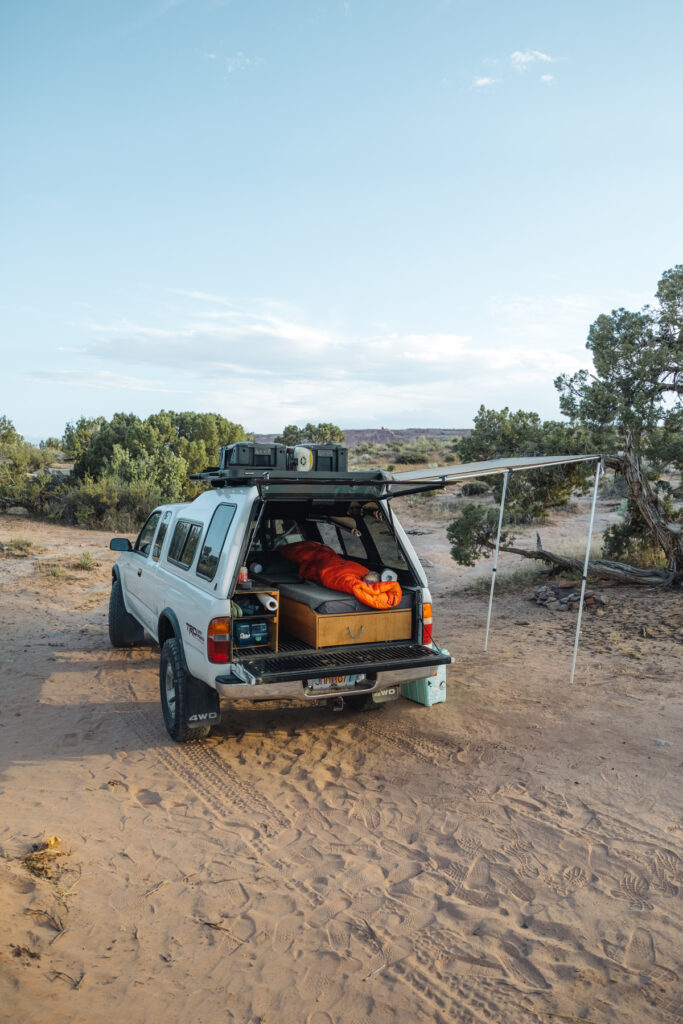
So I bought a 98 Toyota Tacoma. Used. 175,000 miles on it but still running strong. My challenge was to take the overloading and surf-rig model, one that’s very well suited to weekend warriors, and adapt it for full time living. Game on. First I upgraded the topper to make sure there was plenty of room for activities inside. I’d need storage space for my clothes, food, and the slightly-ridiculous amount of outdoor gear I carry with me. I took stock of the my needs and drew plans. I scouted out materials – what woods are light but strong, how will it attach into the bed of the truck, and how the hell do I woodwork anyways? Gradually things started to come together, and the plan started to make sense. Within a month of building and tweaking, I had a setup that seemed like it would work. It was rugged and off-road capable, while also outfitted with a desk, solar panels, and everything I’d need to continue my work on the road. And so I set out and hit the trail.
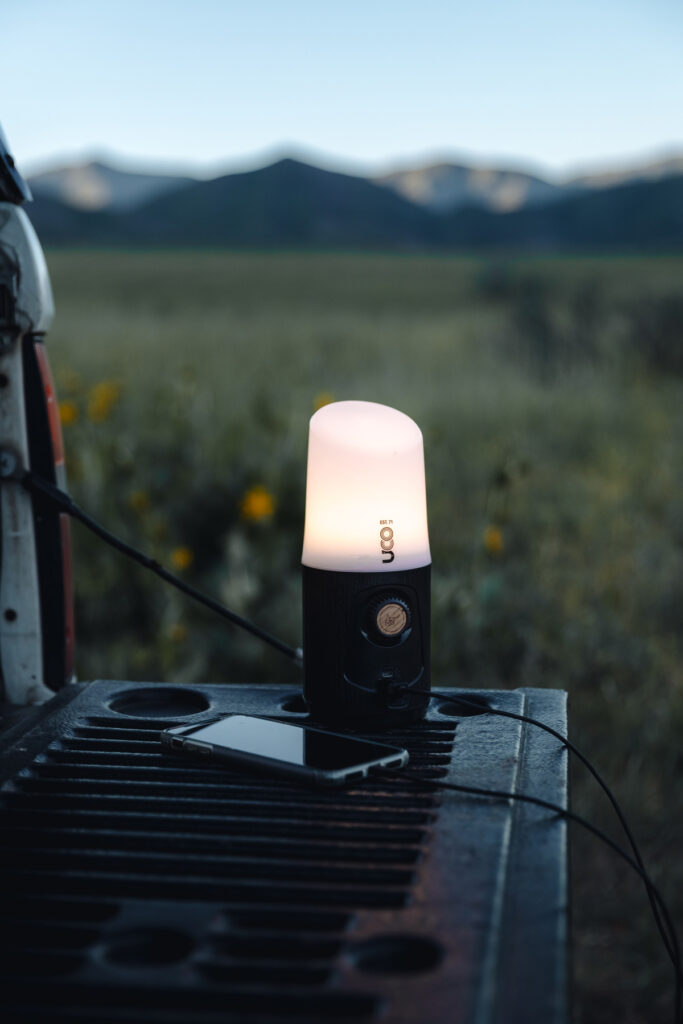
When the rubber hits the road, you really see what works and what doesn’t, and for the most part its been going juuuust fine. I’d love to share a few tips from my year on the road (so far) living the unconventional #trucklife in the form of this FAQ:
First up, the question I’m asked THE MOST:
Where do ya poop? How about showers? So, here’s a little something about keeping so fresh ’n so clean, on the road.
Just to get it all out of the way, I am almost always parked in BLM land, close to trailheads, national parks, or coffee shops. Almost all have bathrooms, outhouses, or pit toilets. Use those. For showers, I have a gym membership. Fitness is great, and you have a place to shower. Do that 4 times a week and you’re feeling healthy and clean. For laundry, just take it to the laundromat, they’re still around. Or, If you drop by and see your mom like you’ve been saying you’ll do for months, you can probably do all the above there.
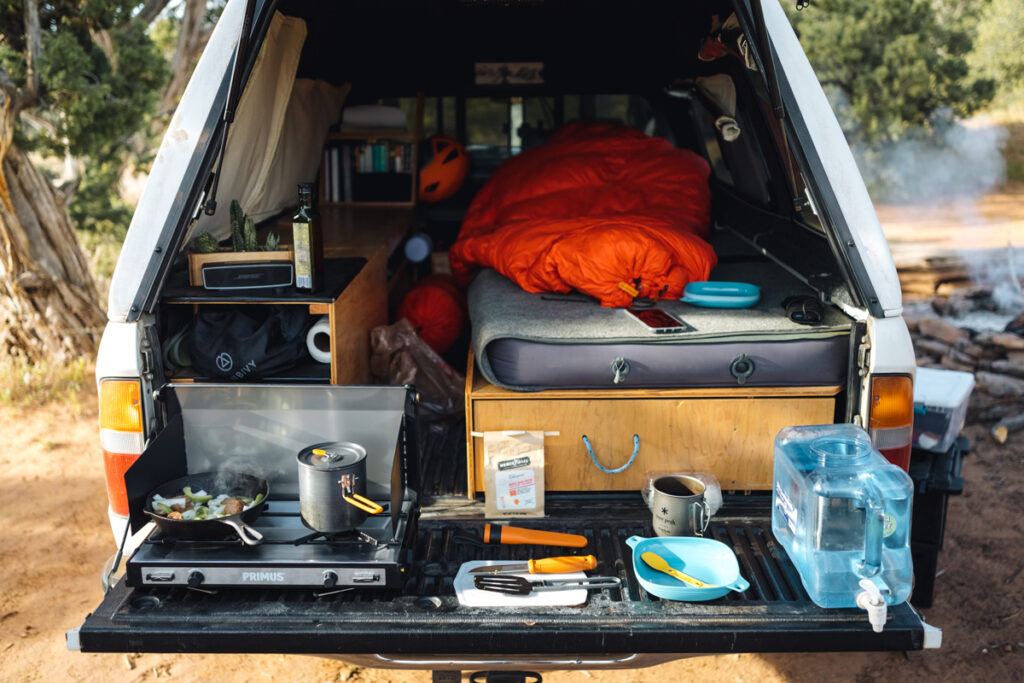
How do I make sure I don’t go insane with clutter? How is gear organized? How do I store fresh food?
Every single thing I own and travel with in the truck has a specific place. It’s incredibly important to be clean and organized when you’re in a small space, as clutter and messes can become overwhelming very quickly. As with any space, there’s a maximum amount of stuff you can fit in it, and it’s almost positively less than you’re thinking. You’ve heard of minimalism, now take 20% more stuff out of the equation and you’re at a good place for living on the road. I often joke that my truck is a gear shed with a bed on wheels, and that’s about it. My outdoor activities are most important to me, and that gear is basically all I have. Keep it all organized with drawers, totes, and roof-top boxes. And again, have a place for everything. Food storage is tricky – I keep a 3 drawer system in my 2nd row seating for dry goods. It takes a good amount of space because I always try to make sure I have plenty of backup food. For cold food, I use a good cooler, they’re worth the investment.
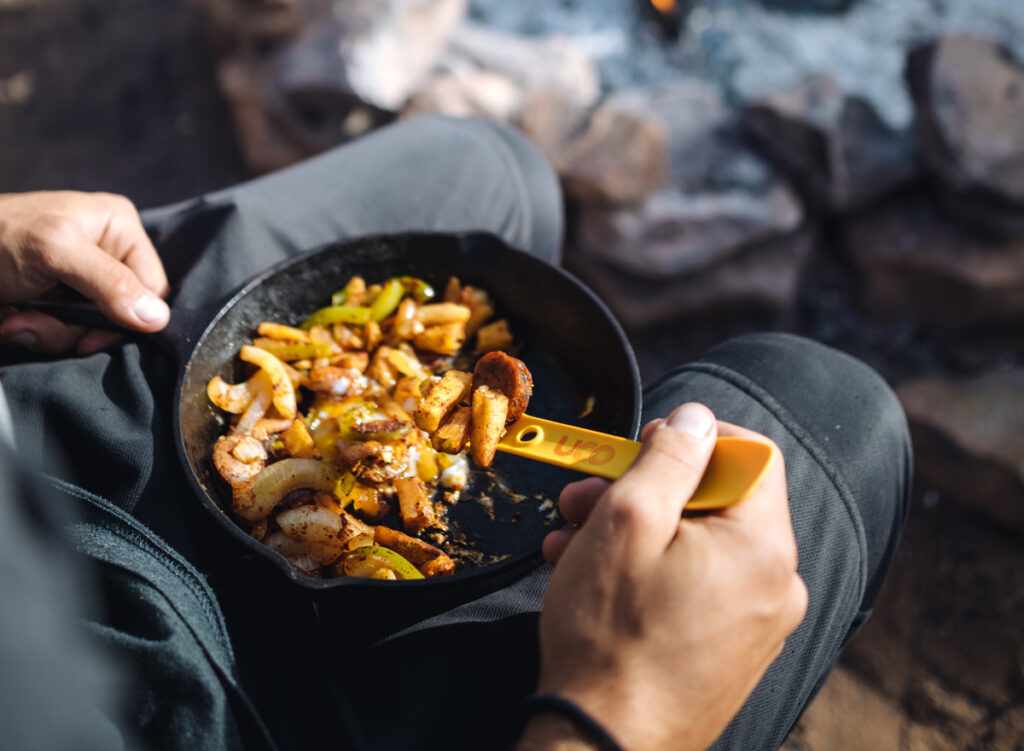
What sort of routines do I use to maintain normalcy while traveling? Do I get lonely on the road?
It can be difficult to build structure in your life while your traveling. You don’t have anyone else telling you where to be or what to do. It sounds like a great thing on the face, but routine and a sense of normalcy is important for good mental health. To help with that, I try to have a similarly structured day to everyone else. I wake up early, usually when the sun comes up. I try to read a bit every morning, even if it’s just a chapter. I then get to work. This is usually in the back of my truck or at a coffee shop editing photos, sending emails, writing, and building pitch decks. This will take anywhere from 4-8 hours of my day. After that, I do what everyone else does. I kick back, make a little dinner, maybe crack a beer, and enjoy the evening. To me this is normal, and it serves as a good routine.
People often ask me if I get lonely living by myself on the road, and I honestly do sometimes. But those times are few and far between. I recently made a decision that instead of traveling to see the most beautiful places – the Yellowstone’s, Yosemite’s, and Big Sur’s of the world, that I’d instead travel to people I love. So this year has been about that – visiting with friends, family, and yes, a few beautiful places along the way. One of the great skills I’ve learned while on the road has been to be content just by myself. To embrace that as a learning experience and to love it. I fill my time sitting in the sun reading, and loving it, rather than being constantly surrounded by others. And that’s just fine by me.
I hope this serves as a good place to see that there are options in living this different lifestyle. You don’t have to be living the #Vanlife life, but you could perhaps live the #trucklife, #HondaAccordLife, or any number of arrangements, if your goal is to live closer to nature and have access to beautiful places. There are countless different ways to do it, and you’re definitely invited.

About the Author: Sarina Clark
Sarina is a photographer, writer and lover of all things outdoors. She is originally from the flatlands of Minnesota, now a transplant to Seattle. Sarina is inspired by far, remote mountainous places in the cascades and beyond. Sarina is an advocate for public lands, Leave No Trace, and taking care of our wild places.
Explore Sarina’s Work: https://www.sarinaclark.com/

